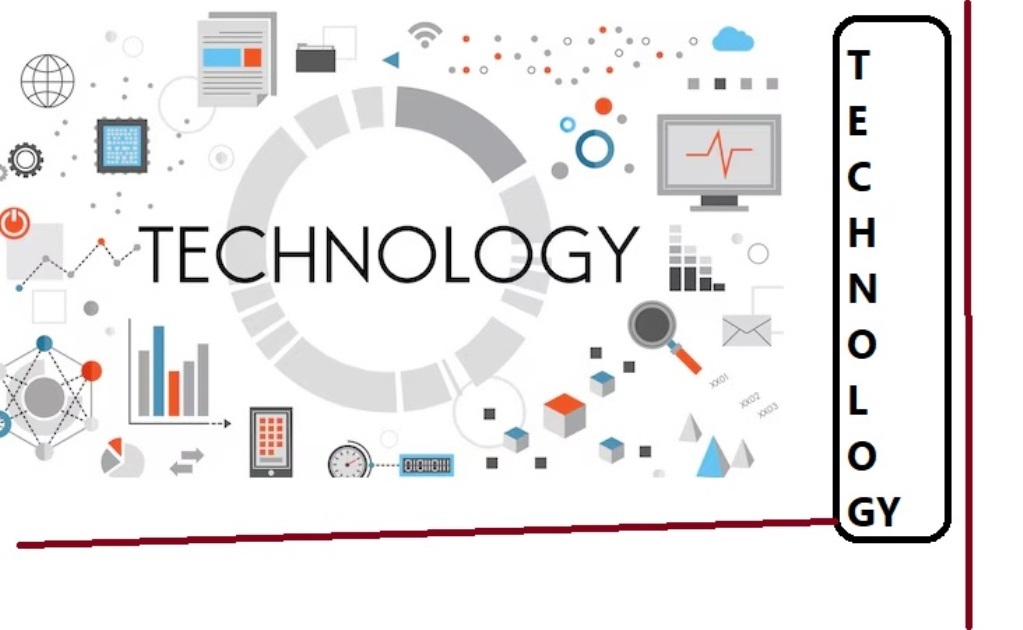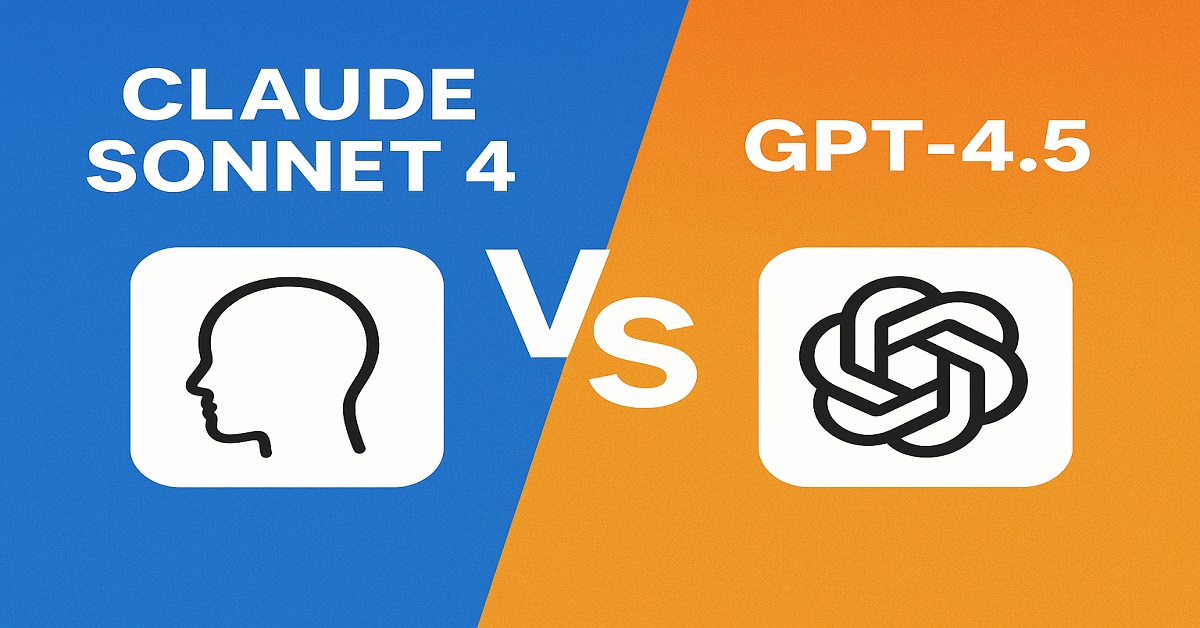
Data Innovation (IT) is one of the most groundbreaking areas of the 21st 100 years, influencing virtually every part of human existence. From the web and distributed computing to man-made reasoning (simulated intelligence) and blockchain, IT has changed how organizations work, how legislatures serve their residents, and how people interface with the world. This article investigates the advancement of data innovation, its critical turns of events, and the significant effect it has had on society, industry, and the worldwide economy.
A Concise History of Data Innovation
The historical backdrop of data innovation can be followed back to the creation of the math device, quite possibly of the earliest known ascertaining gadget. Be that as it may, its cutting edge idea started to come to fruition during the twentieth hundred years with the development of PCs and progressions in media communications. How about we see a few critical achievements in IT history:
1. The Birth of Computers
The advancement of electronic PCs during the 1940s denoted the start of the IT transformation. Early machines like the ENIAC (Electronic Mathematical Integrator and PC) were monstrous, room-sized gadgets equipped for performing fundamental computations. Throughout the long term, PCs developed from centralized servers to PCs (laptops), and today, strong PCs exist in the center of our hands through cell phones and tablets.
2. The Approach of the Internet
Maybe the most groundbreaking IT improvement somewhat recently is the web. What started as a tactical undertaking (ARPANET) during the 1960s developed into a worldwide organization that associated individuals, organizations, and legislatures. The Internet, concocted by Tim Berners-Lee in 1989, achieved another period of data trade and business. Today, the web supports practically all parts of correspondence, from interpersonal interaction to web based banking.
3. The Ascent of Cloud Computing
As web speeds expanded and figuring power turned out to be more reasonable, distributed computing arose in the mid 2000s as a method for giving on-request processing administrations. Organizations as of now not expected to put vigorously in actual server farms. All things considered, they could get to huge measures of capacity and computational control over the web, prompting more prominent adaptability, proficiency, and versatility.
4. The Period of Counterfeit Intelligence
Man-made intelligence, when an idea restricted to sci-fi, has turned into a foundation of current IT. From voice colleagues like Siri and Alexa to cutting edge AI calculations that anticipate customer conduct, simulated intelligence is implanted in everything from medical services to diversion. Artificial intelligence driven advancements, for example, normal language handling (NLP), PC vision, and mechanical technology are reshaping enterprises and pushing the limits of what’s conceivable.
5. Blockchain and Decentralized Technologies
Blockchain, first conceptualized by the mysterious maker of Bitcoin, acquainted the world with decentralized innovations. This advanced record framework permits secure, straightforward, and unchanging exchanges without the requirement for go-betweens. While blockchain’s most well known application is in digital forms of money, its purposes reach out a long ways past, affecting enterprises, for example, store network the executives, money, and in any event, casting a ballot frameworks.
The Job of Data Innovation in Business Change
The job of IT in business couldn’t possibly be more significant. In the computerized age, data innovation isn’t only a help capability however a center part of business technique. Here are a few different ways IT has changed the business scene:
1. Digital Transformation
Organizations across ventures have embraced computerized change, the most common way of utilizing innovation to profoundly change how they work and convey worth to clients. Web based business monsters like Amazon and Alibaba epitomize the force of IT to disturb conventional plans of action, transforming physical stores into online commercial centers. Essentially, enterprises like banking, medical services, and transportation have all gone through advanced upsets.
2. Big Information and Analytics
Organizations produce gigantic measures of information consistently, from client exchanges to online entertainment associations. IT empowers associations to bridle this information and transform it into noteworthy experiences through enormous information investigation. By breaking down examples, patterns, and client ways of behaving, organizations can settle on information driven choices that upgrade productivity, further develop consumer loyalty, and distinguish new learning experiences.
3. Automation and Efficiency
IT has empowered the robotization of numerous business processes, from assembling to client assistance. Advanced mechanics Interaction Robotization (RPA) permits organizations to computerize redundant, rule-based assignments, opening up HR for more perplexing, innovative work. Cloud-based frameworks and Programming as-a-Administration (SaaS) applications smooth out tasks and lessen the requirement for exorbitant actual foundation, empowering even private companies to productively scale.
4. Cybersecurity
As organizations become more dependent on innovation, the requirement for network protection has become principal. Cyberattacks, information breaks, and ransomware can handicap associations, prompting monetary misfortunes and reputational harm. IT experts are at the cutting edge of creating vigorous security conventions, encryption methods, and danger discovery frameworks to shield delicate information.
5. Remote Work and Collaboration
The Coronavirus pandemic sped up the reception of remote work, a pattern that has been made conceivable by IT. Cloud-based apparatuses like Zoom, Microsoft Groups, and Slack permit representatives to team up from anyplace on the planet. Virtual confidential organizations (VPNs), distant work area applications, and distributed storage arrangements have made it feasible for organizations to keep up with efficiency and congruity in any event, when representatives are not truly present in the workplace.
Data Innovation in Day to day existence
While IT’s effect on business is significant, its impact on day to day existence is similarly critical. Today, IT contacts essentially every part of day to day living, from correspondence to diversion to medical care.
1. Communication
The web has reformed how individuals impart. Email, web-based entertainment stages, and texting applications permit people to remain associated with companions, family, and partners across the globe. The ascent of video conferencing has changed both expert and individual correspondence, making it more straightforward to keep connections paying little mind to geographic separation.
2. Education
IT has likewise changed the field of schooling. E-learning stages like Coursera, edX, and Khan Foundation have made schooling more open than any time in recent memory. Understudies can now get to online courses, affirmations, and degrees from top colleges and establishments from the solace of their homes. Besides, advanced devices like intuitive whiteboards, instructive programming, and online assets upgrade learning in customary homerooms.
3. Entertainment
Media outlets has been decisively molded by IT, especially with the ascent of real time features. Stages like Netflix, YouTube, and Spotify have changed how individuals consume media, presenting on-request admittance to films, Programs, music, from there, the sky is the limit. IT has additionally empowered the making of new types of amusement, like computer generated simulation (VR) gaming and expanded reality (AR) encounters.
4. Healthcare
The medical services industry has seen unbelievable headways because of IT. Electronic Wellbeing Records (EHRs), telemedicine, wearable wellbeing gadgets, and simulated intelligence fueled diagnostics have changed how medical services is conveyed. Patients can now counsel specialists from a distance, track their wellbeing through savvy gadgets, and access their clinical records on the web. IT has worked on the proficiency of medical care frameworks as well as improved patient results by empowering more customized therapy plans.
Challenges and Moral Contemplations in IT
Regardless of its advantages, the fast speed of mechanical headway likewise brings difficulties and moral contemplations. Issues, for example, information protection, observation, work relocation because of computerization, and the advanced separation should be addressed to guarantee that innovation serves society impartially.
1. Data Privacy
With the rising digitization of individual data, information protection has turned into a main issue. States and companies gather tremendous measures of information on people, frequently without their unequivocal assent. High-profile information breaks and embarrassments, like the Cambridge Analytica occurrence, have brought up issues about how information is utilized and secured.
2. Automation and Occupation Displacement
While robotization has further developed proficiency, it has likewise prompted worries about work uprooting. As machines and computer based intelligence assume control over routine errands, a few positions might become outdated, prompting labor force uprooting in specific ventures. Policymakers and organizations should cooperate to address the effect of mechanization on business and give reskilling open doors to laborers.
3. Digital Divide
Admittance to IT isn’t equivalent across the globe. The computerized partition, the hole between those with admittance to innovation and those without, keeps on being a huge issue. This divergence can fuel social and monetary disparities, making it fundamental for legislatures and associations to put resources into framework that gives evenhanded admittance to innovation.
Data innovation has essentially changed the world, altering business, correspondence, medical services, and day to day existence. From the creation of PCs to the ascent of artificial intelligence, IT keeps on driving advancement and progress. In any case, as the field develops, it is vital for address the difficulties that accompany it, guaranteeing that innovation stays a power for good in the public eye. As we push ahead into an inexorably computerized futur







